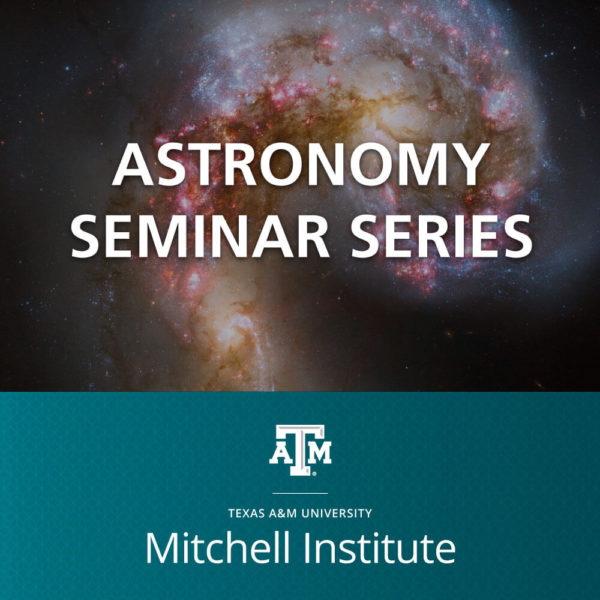Event Details
Large galaxy surveys have put critical constraints on the evolution of star formation rates and the assembly of stellar mass in the Universe. However, a more complete understanding of the physical processes driving galaxy evolution requires a high angular resolution, multi-wavelength approach, alongside theoretical modelling.
In the first part of this talk, I will outline (S)HiZELS, an observational attempt to resolve star formation in galaxies at z=1.5-2.2, around the peak of cosmic star formation. I will focus on one particularly interesting, spatially extended source, which shows spatial offsets between the short and long-wavelength data. The star formation rates derived from different single-wavelength observations are very different, due to the extreme dust attenuation within this galaxy. This work illustrates the importance of combining multiple star-formation tracers, and the biases that can arise without long-wavelength data.
In the second part of this talk, I will show how galaxy formation simulations can help guide and interpret observations. Forward modelling simulations into
'observer space' can help us to understand observational data better, improve observational inference methods, and test models against data in a robust manner. Using radiative transfer, we have generated synthetic maps of multi-wavelength emission for highly-resolved zoom-in simulations of galaxies modeled with FIRE physics. I will illustrate the many exciting uses of this dataset, highlighting an investigation into the nature of highly obscured galaxies that are invisible to HST.
